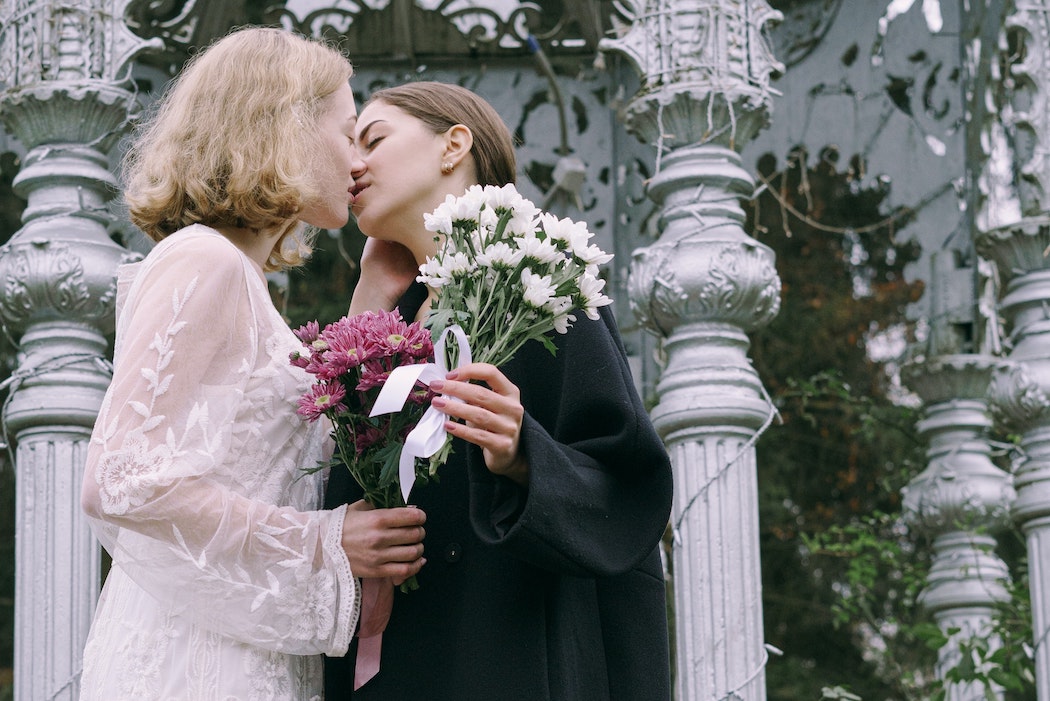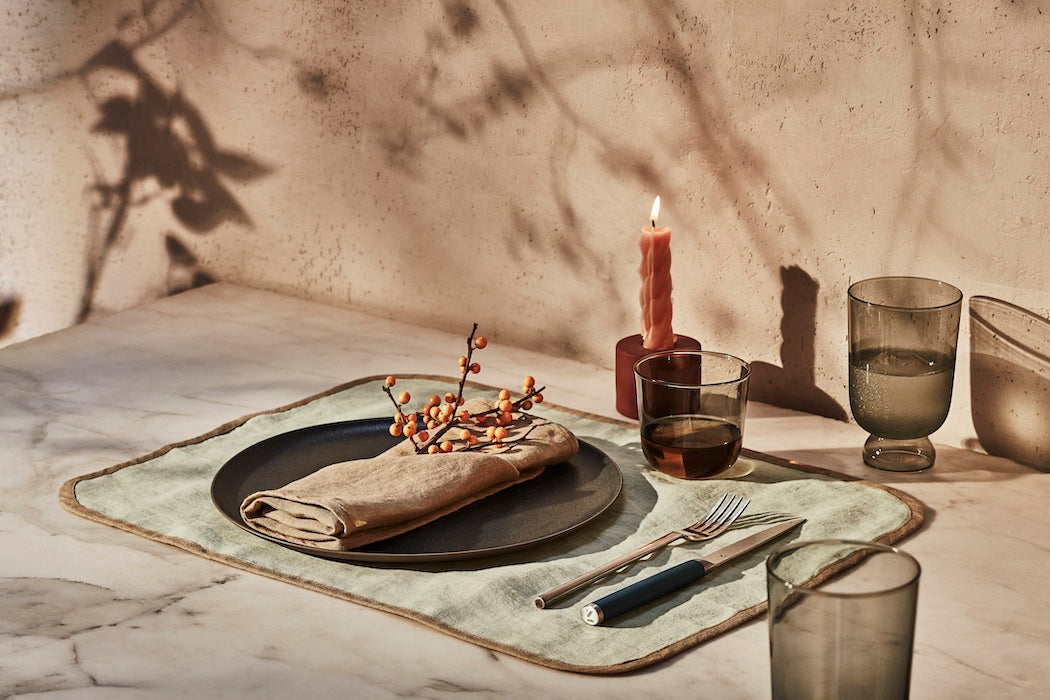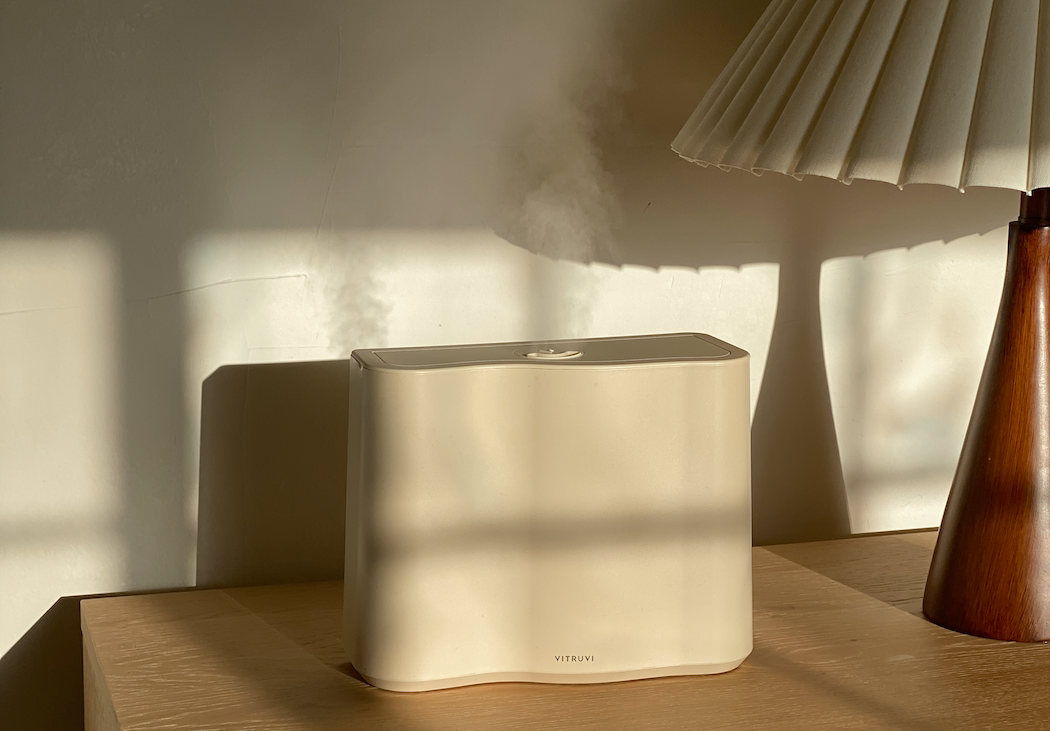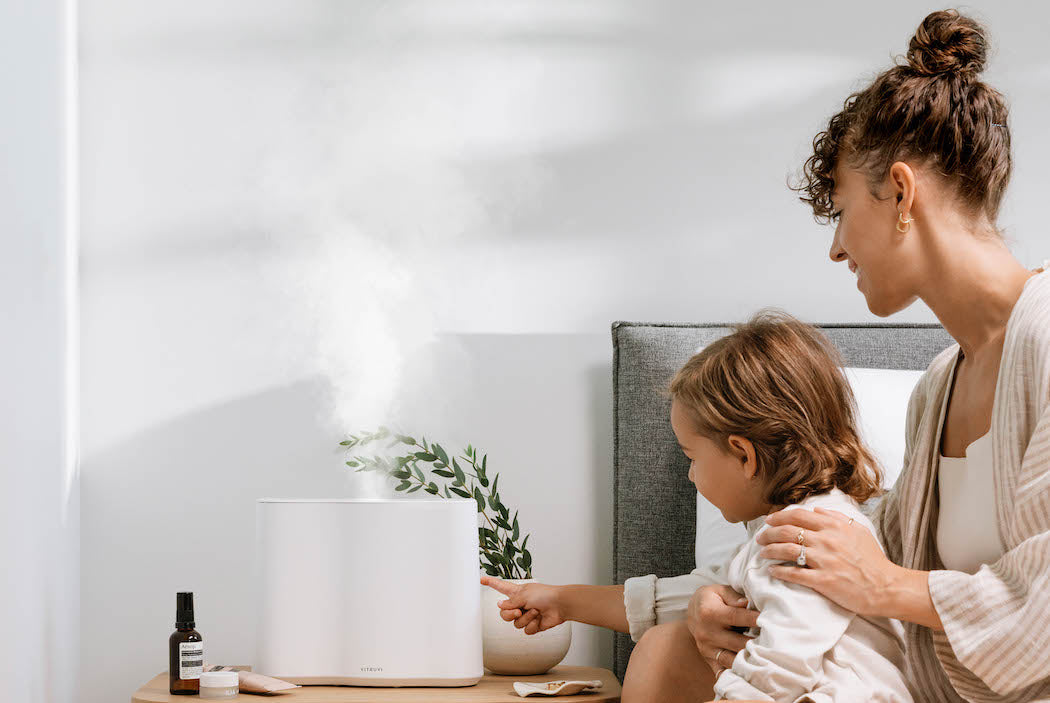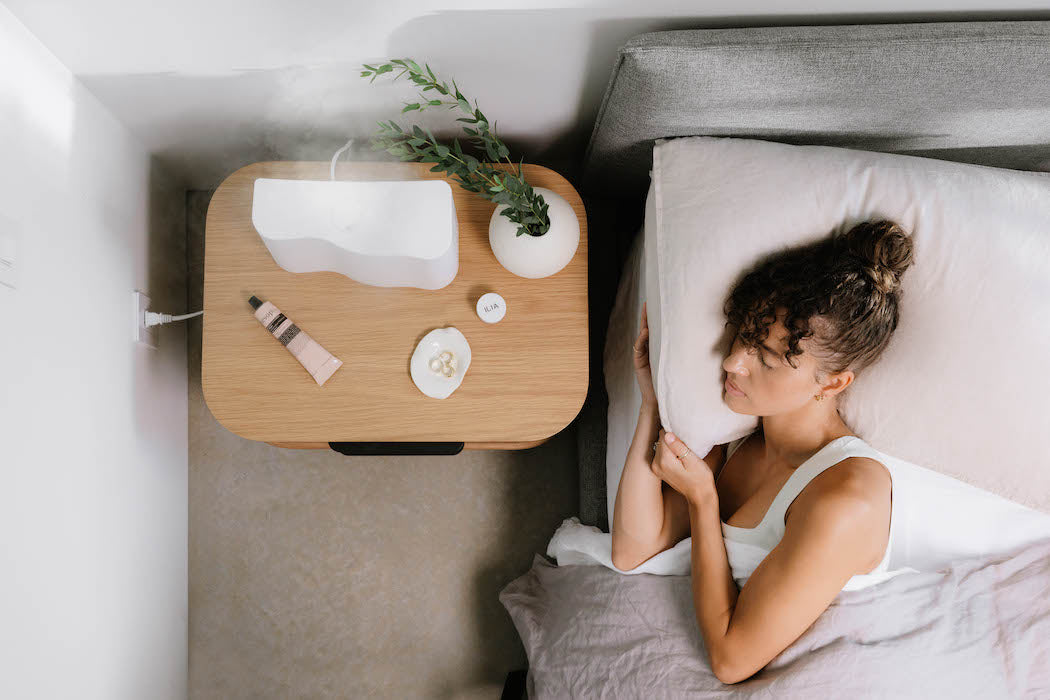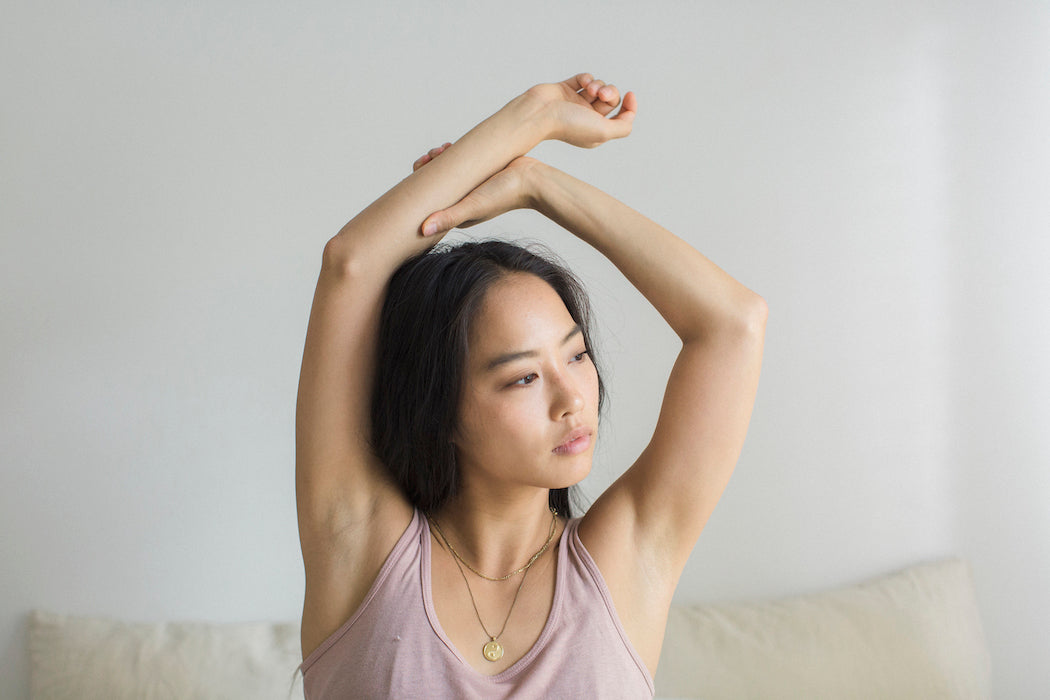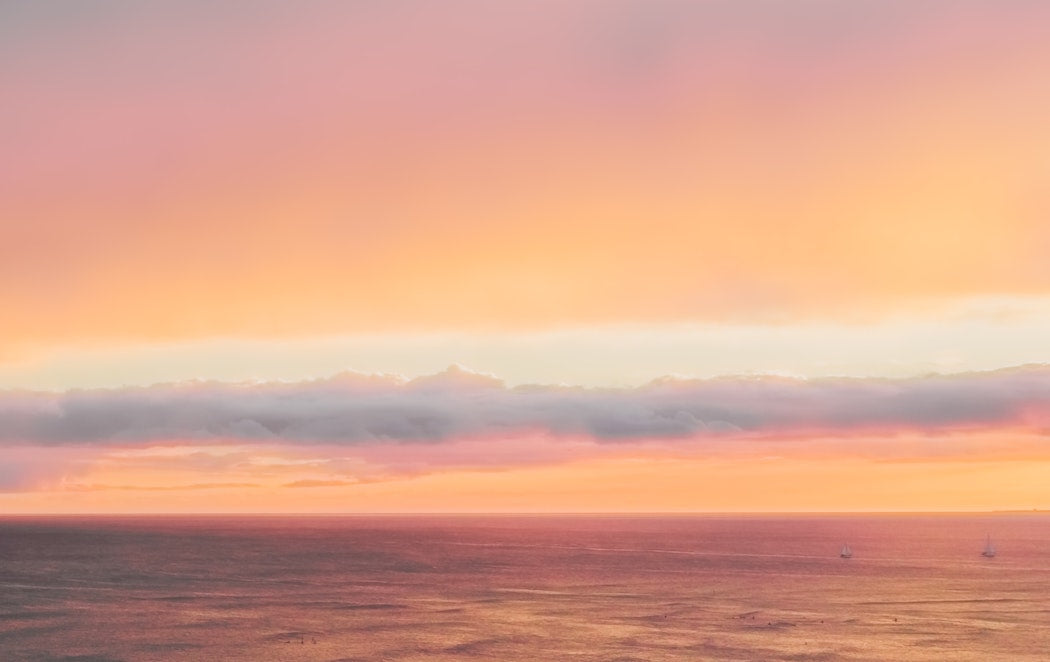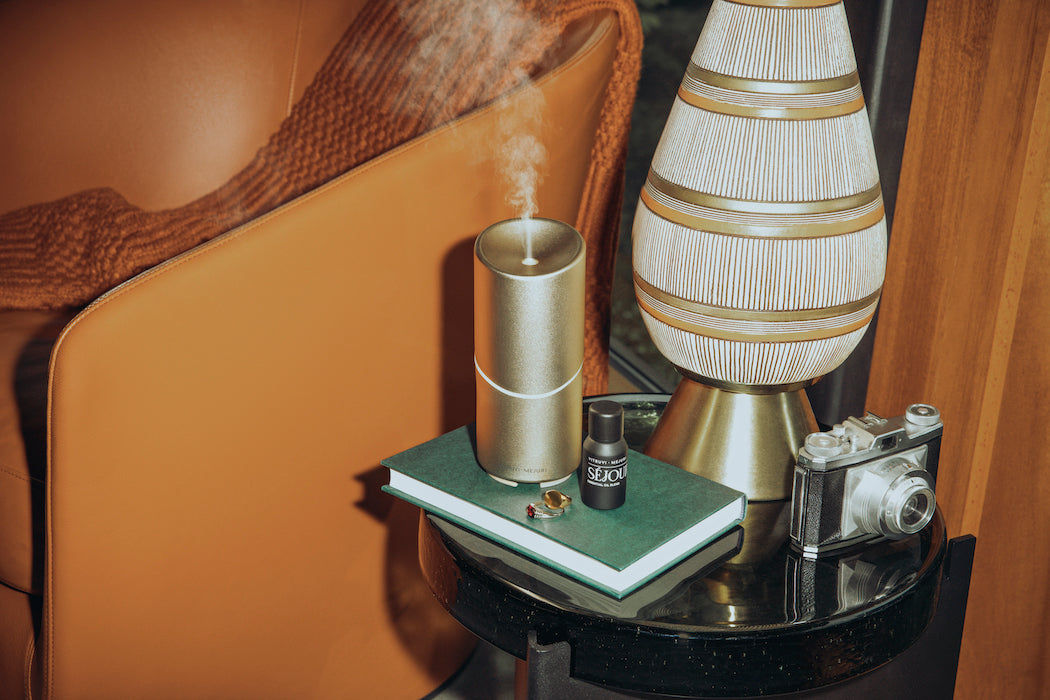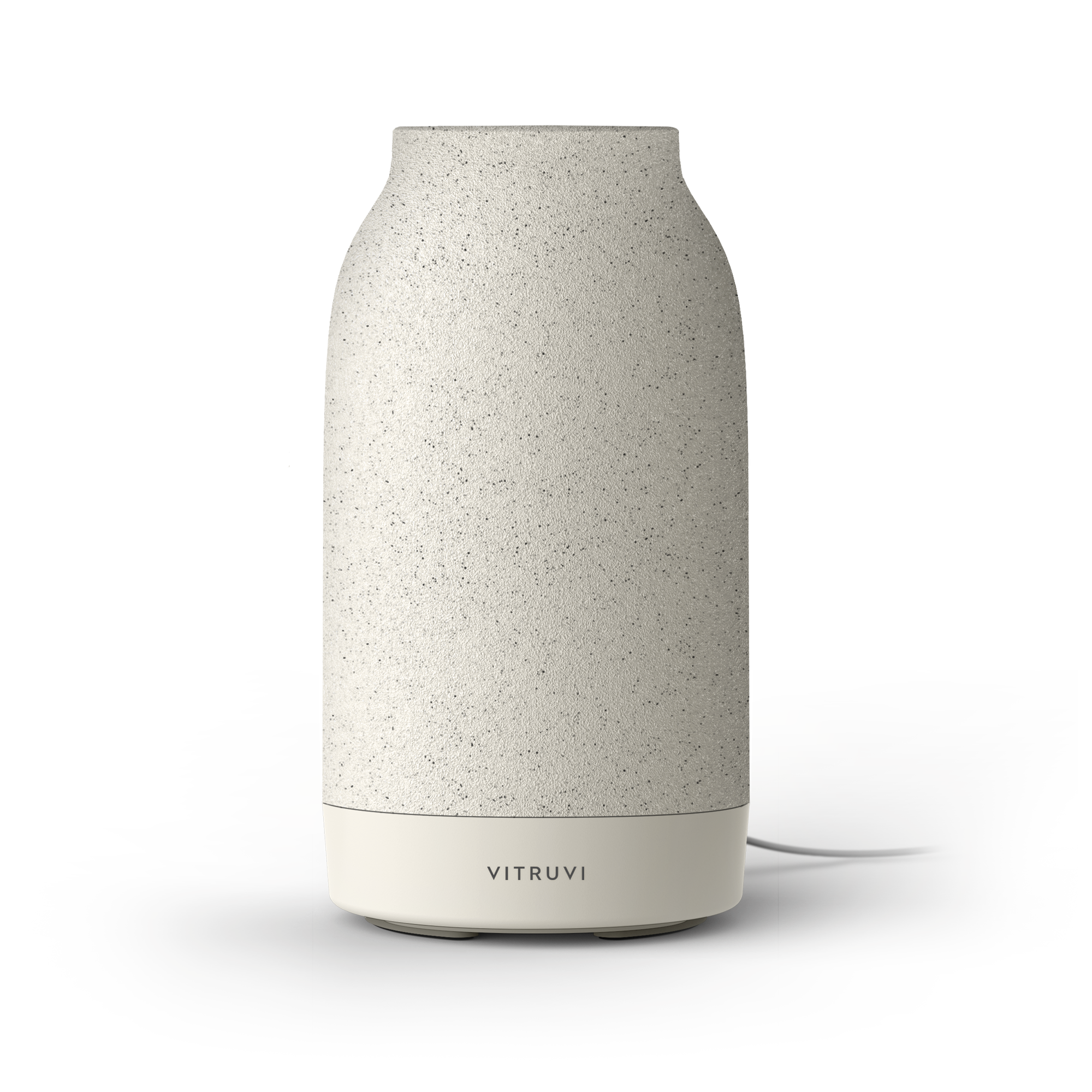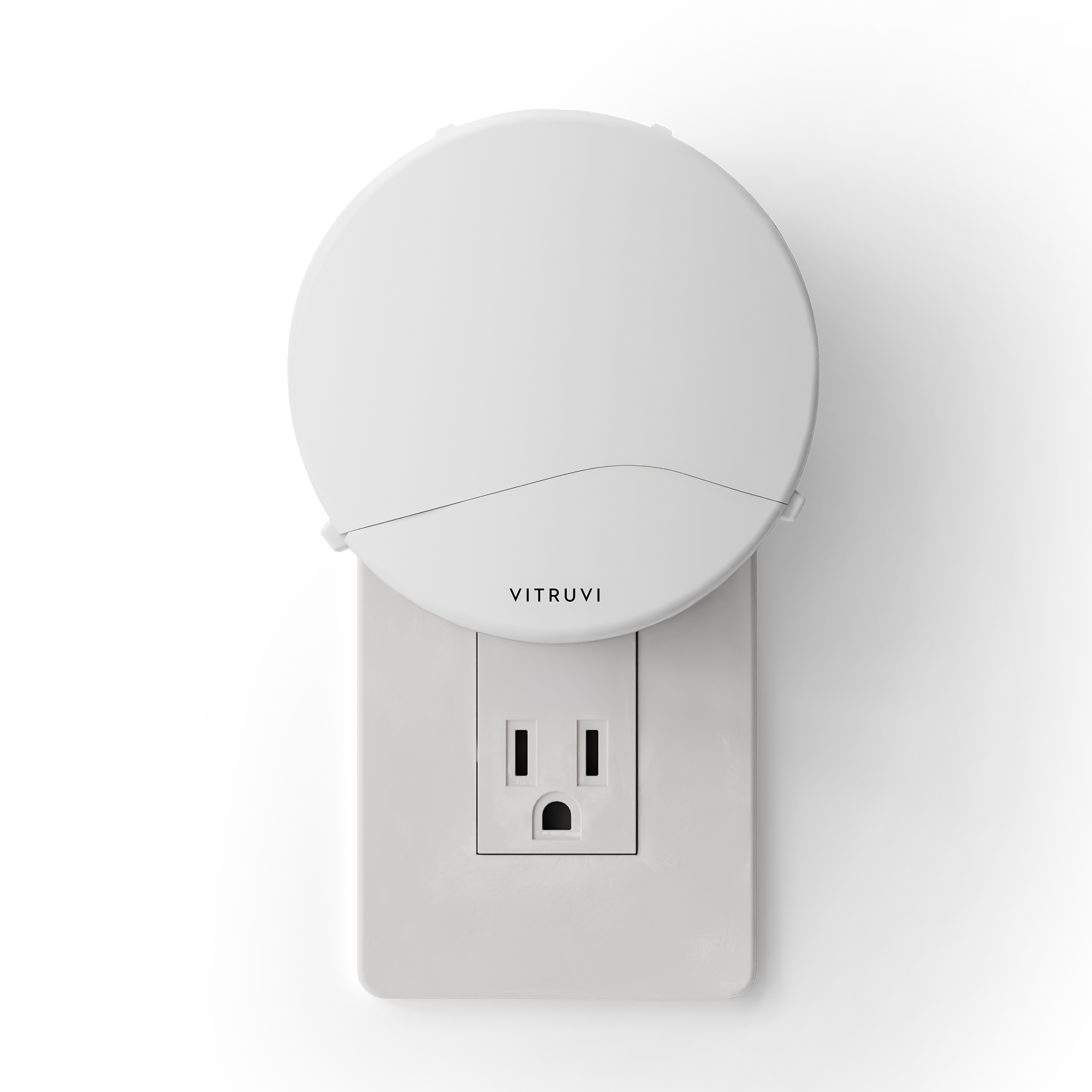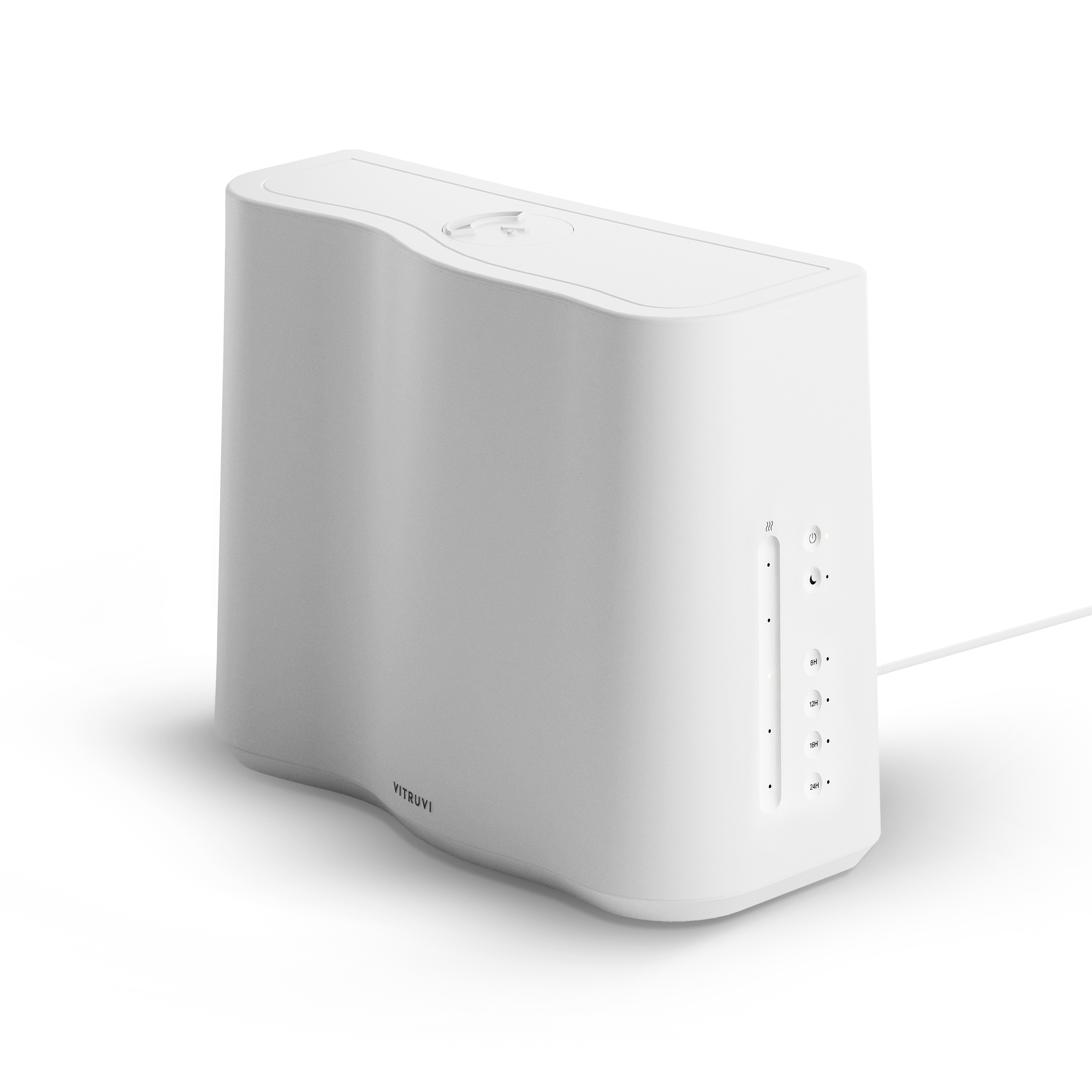Alex Falconer is vitruvi’s eyes and ears. As creative lead, her job is basically to set the visual tone for the company. Those gorgeous shots of our new blends artfully styled on top of crystal blocks? Our vintage-inspired spring photo shoot? All her. She also works in product development, helping to come up with new scents and oil combinations to introduce to our community. Which means she’s got to stay on top of both visual and industry trends, coming up with interesting ways to tell our story and share our mission.
With a background in writing, she also had the chance to work with our cofounder Sara Panton to edit her new book, Essential Well Being.
We sat down to chat about her career thus far, her process for coming up with new products, and more.
So you’ve had a career spanning journalism, advertising, and now creative direction. What was your journey like to end up at vitruvi?
I went to New York University for a liberal arts degree because I knew I liked writing and wanted to do something creative, but I didn’t really have a focus. I was really interested in cities so I wrote my thesis on comparing New York and Copenhagen’s meatpacking districts; I got a grant and went to Copenhagen. I was interested in how spaces evolve with gentrification and how people interact in those spaces.
Back in New York, I got an internship at Nylon; I was a commerce intern, so I was styling clothes and taking photos of them for the Nylon Shop Instagram, and then helping out with events as well, so managing RSVPs and spreadsheets. Then the next semester I went a floor down to Interview, and there I was an editorial intern so I got to write and do interviews. It was a lot of transcribing interviews, which is fun when it’s people like Jeff Goldblum.
When I graduated I knew I was coming back to Vancouver, but was reassessing what sort of work environment I wanted to be in. I had an informational interview with the creative director at Cossette and they were looking for an intern, so I got taken on and then I went from an intern to a junior copywriter to a copywriter over three years. And I really liked the environment there, advertising’s just a fun industry to work in. And I think what shifted me to come to vitruvi was just wanting to not be client-side and to instead work for a brand. I saw a vitruvi Instagram post about a job, and I came on as content creator, but my role has evolved since then. Now I’m super interested in product development, and I have a strong understanding of scent just from working here. I didn’t know anything about essential oils beforehand, and working on the book really helped strengthen that knowledge. And I think my work at Cossette made me a good ideas person, so that lends itself to understanding the product, the industry, and our audience—and how can we make really great products that work for them in their daily lives.
What is your day-to-day like at vitruvi?
It’s definitely a job that’s always proactive forward-thinking—it’s the start of the chain of how we make products and campaigns and assets, so I’m always doing research. If we want to be more focused on the home, for example, what are some trends in natural cleaning? It’s about being aware of the product road map for what we want to be doing as a brand. I also spend a lot of time on Pinterest making mood boards for shoots.
Since it’s such a self-starter job, how do you keep yourself on track?
It’s tricky. I have notes on my computer, and at the start of every week I’m refocusing priorities. I’ll usually do more brainstorming in the morning which is when I feel more creative, and then Pinteresting is a good end-of-day activity.
What do you do to get inspiration and stay on top of trends?
I subscribe to a lot of newsletters about the industry like Glossy, Business of Fashion, and Vogue Business. And I think just being up on current events; The New York Times recently had a full article on Lavender and how people are crazy about it. And then just taking in stuff that I read or see or hear get brought up by someone else. It’s kind of about ending up in internet holes.
Let’s talk about the book. What was working on it like for you?
Sara would usually write on the evenings and the weekends and then she would deliver her work to me. And then I would work from home for that day and just spend the entire day going through, just tidying and editing. I had a really good holistic view of everything that was going on as well as super minute details. They were intense days, but it was nice to have full days just dedicated to being in that world. Sara has a great voice and I loved reading everything she wrote.
For the shoot, my parents have a place in Palm Springs and the actual architectural history of it is really quite amazing. It was featured in Architectural Digest the ‘70s, and there are so many interesting textures in that space; the light was amazing. So we had Sara, myself, our photographer Brit Gill, and Jasmine Hamed who’s a stylist. We shot over four or five days and it was cool, it was a lot of little vignettes and Brit did such an amazing job. It was a great work trip to be able to be down there just doing creative stuff the entire time.
What’s your favourite recipe from the book?
There’s this Bergamot coffee coconut honey scrub and for me obviously the recipe is really beautiful, but I also love the story behind the photo of it. One of the plates that was shipped to the shoot arrived cracked and Brit just shot it, and I think that’s probably my favourite photo in the book—and it was a happy accident.
I have to ask: what are some of your favourite vitruvi products?
Plum Oil is my favourite for skincare. It’s is my go-to gift and I really love it at night. For daytime I use Raspberry Seed with Meadowfoam and Rosehip. And then I really love Balance; I use it at night and also really like it when I’m travelling or at my desk. After Oil is a good one, too—pre-period when I feel super ill I’ll rub it all over my neck. I like it for clearing my sinuses as well. And I love the new blends because I was there for their inception, I actually made Retreat. It’s exciting having them be in the world.
In the diffuser my other go-to is probably a blend of Bergamot and Cedarwood. And then if I need something peppy I’ll do Peppermint with anything.
What was the process like for making Retreat?
The first thing was just looking at our existing blends and seeing what scent profiles we are already covering with those, and then what area should we be playing in. We also got feedback from Customer Experience that people want those musky, masculine smells that you get in colognes and candles—but a lot of those smells are synthetic. Leather is often a scent you come across, or some will even just say “musk” on the ingredients, so trying to do that with natural ingredients was a good learning experience.
This new collection was more about intentional blends, and we wanted to make a version of a me-time blend. Whenever we do events in-person, we always diffuse Eucalyptus and Grapefruit because it’s a fail-safe combination and smells so good. Since all of our new blends have three ingredients I knew I wanted to start with those two, and then I was looking for something new that wasn’t in our existing collection, and that’s when I came across Palma Rosa which is super tropical and warm. For me I’ll picture the creative that could come out of that and how we can message it, and then it starts to come to life.
This interview has been edited and condensed.


